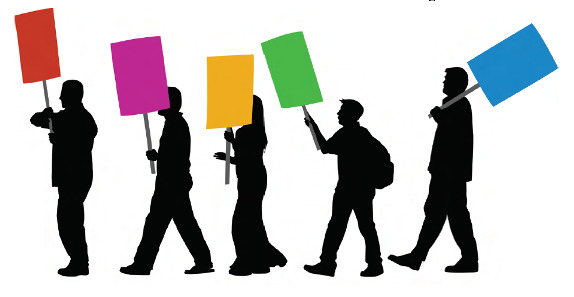Recruitment is a key HRM activity. Organizations to survive and grow need to attract candidates who are qualified to help them achieve their objectives. Effective recruitment does this by locating and attracting potential candidates to job openings within the organization. Such applicants form a pool from which candidates who most closely meet the job specifications can be offered employment. Recruitment begins with the identification of human resource requirements and ends with the receipt of an application. It immediately precedes the selection process and involves attracting qualified and interested candidates from either inside or outside the organization. It is a two way process. Information is given and received by the applicants and the organization. Recruitment is concerned with both Continue reading
Abey Francis
Use of Personality Tests in Employee Selection
Personality or temperament tests are designed to measure basic aspects of an applicant’s personality, such as degree of introversion/extroversion, emotional stability and motivation. Personality tests are the most difficult tests to evaluate and use in employee selection. This is because the concept of personality itself is hazy and the relationship between performance on the job and personality is often vague or nonexistent. In addition, the applicant can easily fabricate answers. Consequently, personality tests tend to have very limited value in employee selection and their use may be extremely difficult to justify if challenged by EEO authorities. Finally, some tests may include questions that could be regarded by applicants as an invasion of privacy. Questions about religious beliefs Continue reading
Integration of Payroll System with HRIS
Computerization began in the human resource area via the payroll system. Payrolls are large masses of detailed information which need to be accurately and quickly updated. This is a fundamental accounting activity, so organizations had little hesitation in introducing such systems. Early systems were computer bureaus where data was processed outside the organization. Initially, it seemed that the promised benefits of computerization had finally arrived. The army of pay clerks was substantially reduced. However, new issues relating to input errors and processing delays soon arose. It is important for HR managers to understand this history because it explains why many early (and even some contemporary) HRIS have a bias towards payroll activities. Payroll processors first attempted to introduce Continue reading
Trade Unions – Definition, Characteristics, Need, Nature and Purpose
The trade union is an association, either of employees or employers or of independent workers. It is a relatively permanent combination of workers and is not temporary or casual. It is an association of workers engaged in securing economic benefits for its members. According to Section 2(b) of the Trade Unions Act of 1926, “a trade union is any combination of persons, whether temporary or permanent, primarily for the purpose of regulating the relations between workers and employers, or between workers and workers and for imposing restrictive conditions on the conduct on the conduct of any trade or business, and includes the federation of two or more trade unions.” Characteristics of Trade Unions Association of employees: A trade union is Continue reading
Definition and Concept of Industrial Relations
An Introduction to Industrial Relations Industrial relations constitute one of the most delicate and complex problems of the modern industrial society. This phenomenon of a new complex industrial set-up is directly attributable to the emergence of ‘Industrial Revolution”. The pre-industrial revolution period was characterized by a simple process of manufacture, small scale investment, local markets and small number of persons employed. All this led to close proximity between the manager and the managed. Due to personal and direct relationship between the employer and the employee it was easier to secure cooperation of the latter. Any grievance or misunderstanding on the part of either party could be promptly removed. Also, there was no interference by the State in the economic Continue reading
Organization of Mutual Fund
Mutual fund is a trust that pools the savings of a number of investors who share a common financial goal. This pool of money is invested in accordance with a stated objective. The joint ownership of the fund is thus “Mutual”, i.e. the fund belongs to all investors. The money thus collected is then invested in capital market instruments such as shares, debentures and other securities. The income earned through these investments and the capital appreciations realized are shared by its unit holders in proportion the number of units owned by them. Thus a Mutual Fund is the most suitable investment for the common man as it offers an opportunity to invest in a diversified, professionally managed basket of securities Continue reading


